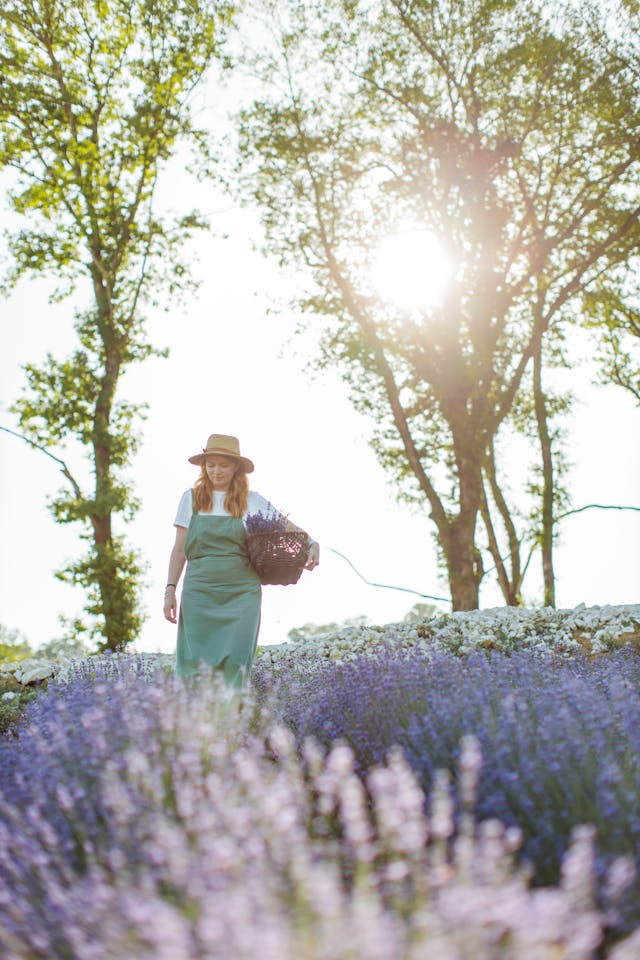Pleached trees are an elegant landscaping technique that has been used for centuries to create natural walls, arches, and other decorative elements in gardens and parks. This technique involves training trees to grow along a framework of horizontal and vertical branches, which are woven or tied together to form a dense and uniform canopy.
In this article, we’ll explore the history of pleached trees, the different types of trees that can be used for pleaching, and the various ways in which pleached trees can be used to enhance the beauty and functionality of your outdoor space.
A Brief History of Pleached Trees
Pleached trees have been used in formal gardens and landscapes since at least the 16th century, when Italian and French designers began experimenting with ways to create geometric patterns and symmetrical shapes using living plants. The practice of pleaching became especially popular in England during the 17th and 18th centuries, when it was used to create long alleys of trees, as well as garden rooms and other ornamental features.
The popularity of pleached trees declined in the 19th and early 20th centuries, as more informal and naturalistic styles of landscaping came into vogue. However, in recent years, pleached trees have made a comeback as a way to create privacy screens, define outdoor spaces, and add visual interest to modern landscapes.
Types of Trees Used for Pleaching
Almost any tree with a strong, straight trunk and flexible branches can be trained for pleaching. However, some species are better suited for this technique than others. Here are some of the most commonly used trees for pleaching:
- Hornbeam (Carpinus betulus): Hornbeam is a popular choice for pleaching because of its dense foliage, which creates a thick canopy that can be easily trimmed into a uniform shape.
- Lime (Tilia): Lime trees are another popular choice for pleaching, thanks to their attractive heart-shaped leaves and fast growth rate. Pleached Trees
- Beech (Fagus sylvatica): Beech trees are known for their smooth, grey bark and attractive foliage, which turns a striking copper color in the fall.
- Plane (Platanus): Plane trees are often used for pleaching in urban areas, as they are tolerant of pollution and can withstand heavy pruning.
- Magnolia (Magnolia grandiflora): Magnolia trees are a good choice for pleaching in warmer climates, as they have evergreen foliage and produce large, fragrant flowers in the summer.
Uses of Pleached Trees
Pleached trees can be used in a variety of ways to enhance the beauty and functionality of your outdoor space. Here are some ideas to get you started:
- Privacy Screens: Use pleached trees to create a natural barrier around your property, blocking out unwanted views and noise from nearby roads or neighbors.
- Garden Rooms: Create a sense of enclosure and intimacy by using pleached trees to define garden rooms or outdoor living spaces.
- Walkways and Alleys: Plant pleached trees in long rows to create shaded walkways or alleys that invite visitors to explore your garden.
- Focal Points: Use a single pleached tree as a dramatic focal point in your garden or landscape, drawing the eye and creating a sense of drama.
- Decorative Elements: Create arches, tunnels, or other decorative features using pleached trees, adding visual interest and whimsy to your outdoor space.
Conclusion
Pleached trees are a beautiful and versatile landscaping technique that can add a touch of elegance and sophistication to any garden or outdoor space. Whether you use them to create privacy screens, garden rooms, or decorative elements, pleached trees are sure to impress and delight visitors with
This article is provided by
https://www.provendernurseries.co.uk/plants/trees1/pleached-trees1

